Text
Add a good book to this and it will be heaven 🍷
Due to the pressure of my last job, I am counting down the days until my vacation surrounded by vineyards. Maybe it's time to buy a good French book?

4K notes
·
View notes
Text


What do Mickey Mouse, Pekingese and Shirley Temple have in common? About Konrad Lorenz's Kindchenschema
The fact that I managed to find photo of Shirley, most likely with a Pekingese, is purely by accident. To find the real answer to this question, we must go back to 1943, when the ethologist Konrad Lorenz proposed the term baby schema (German: Kindchenschema) in one of his works. Baby schema is a set of infantile physical features such as the relatively large head, round face, big eyes, small nose, mouth and chin, convex cheeks and smooth skin.
These features, occurring together or individually, act as a stimulus for being perceived as cute, loveable and motivate caring in others. The instinctive reaction to a baby schema is transferred to similar combinations of features in animals and inanimate objects. That's why people often show love and care for Pekingese (generally for puppies, kittens and everything smol) purely because of their adorable baby appearance [K. Lorenz, Studies in animal and human behaviour vol. II, 1971, pp. 154-179].
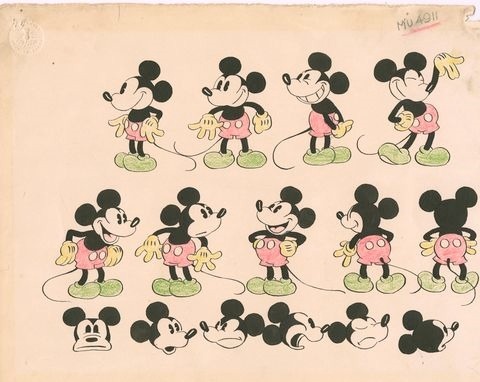

The baby schema also applies to animated objects and toys (teddy bear also evolved, changing in appearance from a realistic bear to a stuffed animal resembling a baby). Stephen Jay Gould, in an essay from 1978, noted that the character of Mickey Mouse changed over the course of 50 years, during which he acquired childlike features. Mickey's appearance indicates that he has become younger, although his actual age has not changed. As Mickey became more visually likable, he became more and more gentle and polite in behavior. It was similar with Donald Duck, although due to his elongated beak he seems still more mature [S. J. Gould, A Biological Homage to Mickey Mouse, 1978].
A baby face in an adult as the key to success
Just like in the case of Mickey Mouse, whose age did not change but he looked younger, several studies have shown that adults with childish features are perceived as younger than adults of the same age who possess less these features. Therefore, people with a baby face may be assigned traits stereotypically associated with children (naivety, honesty, kindness and warmth). Also, women with elements of baby schema are perceived as more physically attractive than their more mature-looking peers [Article 1, Article 2, Article 3].
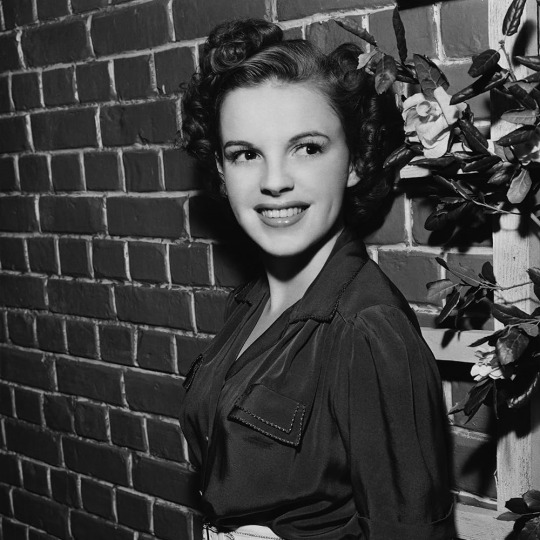
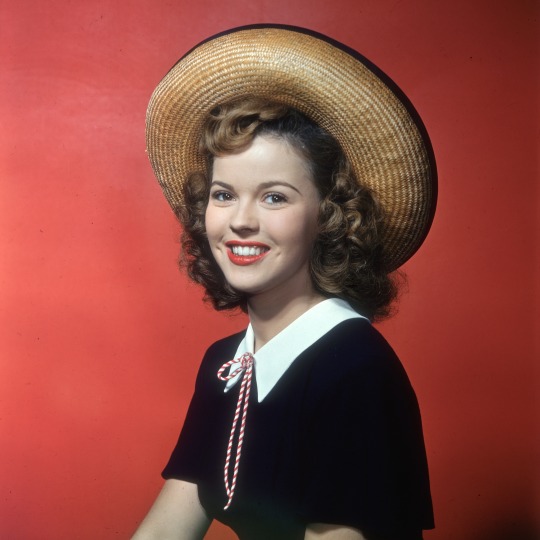

So what impact does this have on our everyday lives? A huge proportion of the images of women's faces that we see on social media and popular culture have a very high percentage of baby faces. Features associated with someone who is not fully adult arouse our sympathy, which means that the ideal of beauty is simply a younger appearance. In one of the studies, Doug Jones compared the facial dimensions of models from color magazines with the dimensions of students aged 20-22. This analysis showed that female models have extremely childish faces:
predicted ages based on facial proportions are 6.8 years and 7.4 years. This does not mean that the facial proportions of models match those of real 7-year-olds, since the ages predicted by these equations are based on naive linear extrapolations of age-related changes in adult facial proportions. It does argue strongly, however, that female models' faces represent a "supernormal stimulus", presenting in exaggerated form the features that distinguish young women from old one [D. Jones, Sexual selection, physical attractiveness, and facial neoteny: cross-cultural evidence and implication, 1995, p. 733].


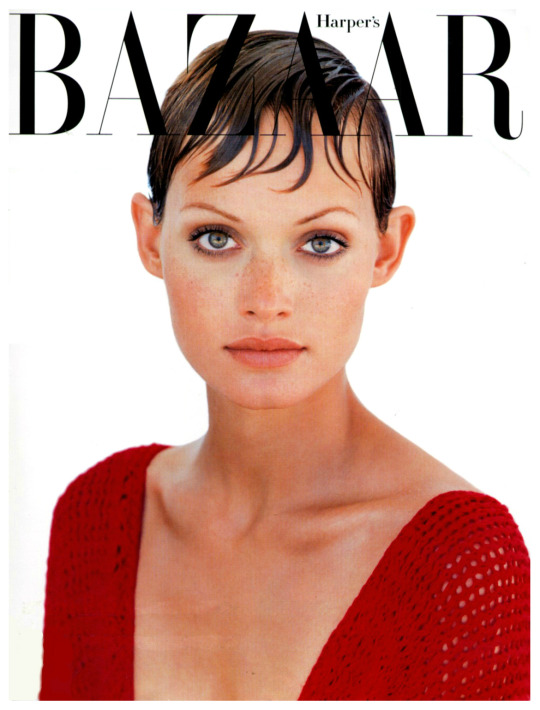
Thus, Mickey Mouse, tiny animals, Judy Garland, Marilyn Monroe, supermodels and Shirley Temple (as a child and as an adult) all share a high level of baby schema. Therefore, the more we manage to cheat our real age, the more we can fit into what seems to be general cultural canons of beauty. Clearly emphasized youth also makes us more attractive, desirable and famous.
#90s supermodels#baby face#baby schema#konrad lorenz#shirley temple#judy garland#marilyn monroe#youth#studyspo#studyblr#study community#research effects#reacher#research#mickey mouse#psychology#sociology
1 note
·
View note
Note
just wanted to say your account is so so interesting, you seem so knowledgeable and like you’d be a great person to have a good conversation with.
Oh, thank you! 💛 Such words are very motivating to write about things here (and between my day job and scientific activities it is not always easy to find time for this).
I have many interesting themes to cover, so I will be happy if you read in the near future. I'll also be happy to accept any suggestions for topics because it's nice to have a challenge :)
3 notes
·
View notes
Text
Definitely. Good night🌙

"Knowing you have something good to read before bed is among the most pleasurable of sensations"
— Vladimir Nabokov.
637 notes
·
View notes
Text


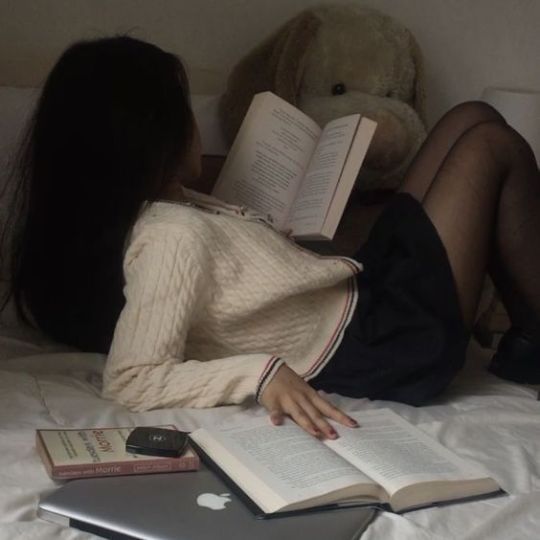
Toxic romanticization of studying
In a word of introduction, my profile partly shows that studying and exploring is wonderful. But as a person involved in science*, I would like to show healthy and true patterns of this beautiful adventure in acquiring knowledge.
The inspiration for writing this post this time was not the phenomenon from Tumblr (although you can also observe it here), but from Pinterest. There you can come across cycles composed of quotes and photos whose aim is to motivate young girls to learn, succeed and get good grades. These images often also show examples of characters from movies, TV series or real life that you can aspire to be like. Overall, I have to agree that it really works! But I would like to draw attention to certain elements that need to be verified.
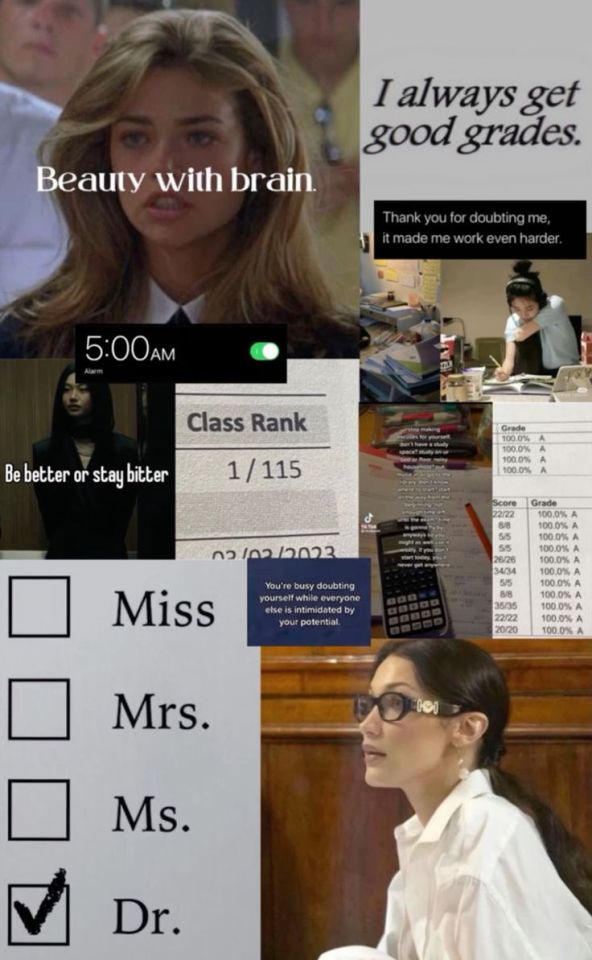

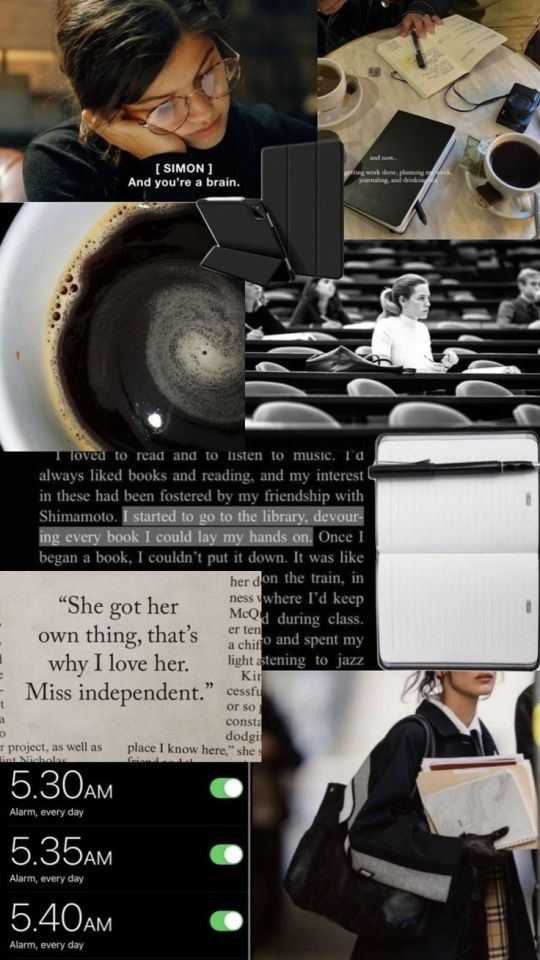
1. You shouldn't get up at 5am
First of all, the correct amount of sleep is one of the most important factors affecting the proper and effective functioning of our brain. During sleep, nerve cells regenerate, organize information acquired during the day and consolidate memory traces, which is directly related to learning. Lack of sleep increases impulsivity, deepens negative thinking and slows down the body's reaction time!
2. You can be a genius without good grades
Of course, good grades are a pleasant confirmation of our knowledge and praise for hard work. However, sometimes it is worth considering whether the structure of exams themselves, especially those with closed questions, affects the results. We often study for one specific exam, the knowledge of which may be very… limited and sometimes not useful, so it is worth prioritizing the topics that we study hard.
3. It's not cool to think you're better than others
We are different and have different priorities in life. It is also worth considering how many people escape from the rat race and start a slow, stress-free life. So we have to agree that judging people based on grades or responses under stress (sic!) is not cool.
The good thing about romanticizing studying
As I have already said, these types of collages are really motivating. So let's talk about what's great about them and what's worth highlighting and saving for later.
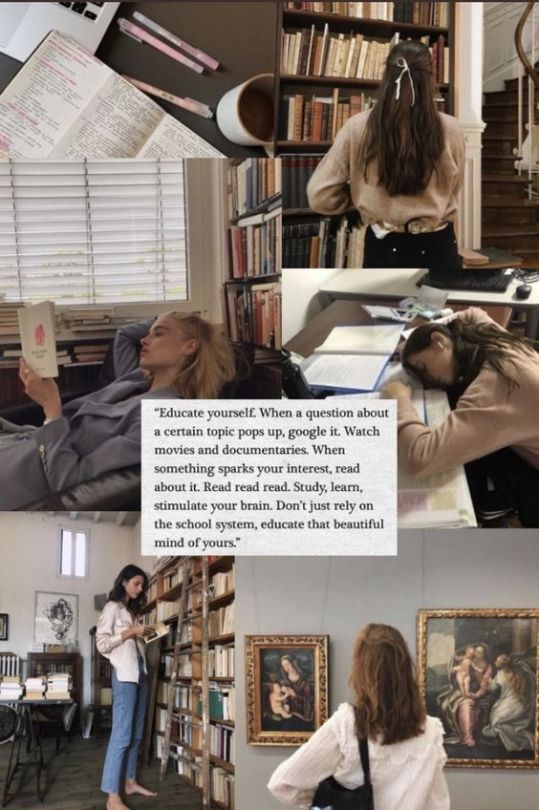

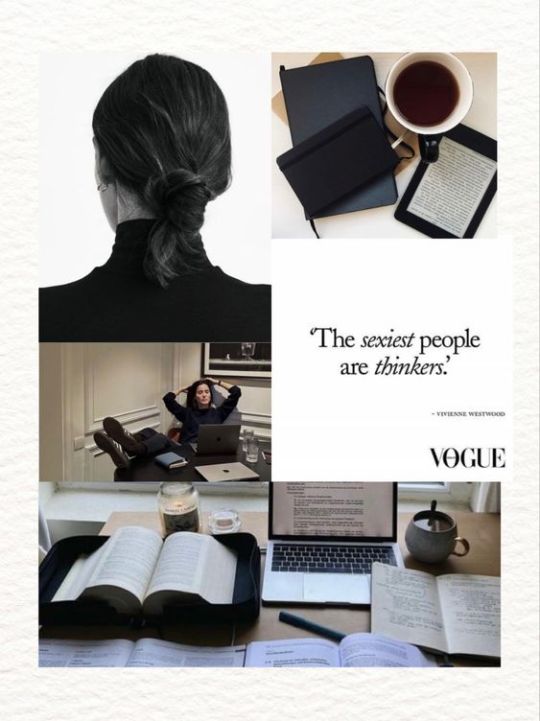
1. Knowledge is beautiful, but your outfit and surroundings can also be
We know that we should never judge a book by its cover, but… the issue of social perception painfully confirms that we do and will continue to do so because this is how our brains work. And isn't it nice when someone looks at us and thinks this girl is so classy?
Moreover, a nice outfit that makes us feel good gives us a lot of self-confidence. There are also many studies confirming the positive impact on motivation and concentration of a neat and aesthetic workplace.
2. Not just cramming, but also discovering
Broadening your horizons is easier with passion and real commitment. And to achieve this, the topics must really interest us. Not everyone has yet found something that they are extremely passionate about in science, so that is why you have to dig deeper and discover different areas.
3. Don't be afraid to use your knowledge in practice
Schools and universities, unfortunately, have their own rules and they do not always allow you to show your 100% potential. Thus, share your knowledge with others externally, write essays, blog and social media. This form of activity also makes you learn things faster and easier. In addition, contacts with others will expand your knowledge.
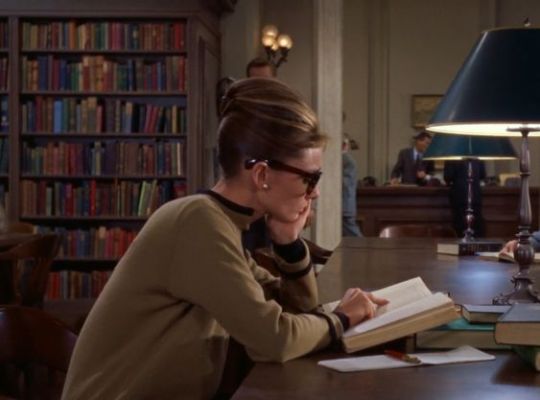
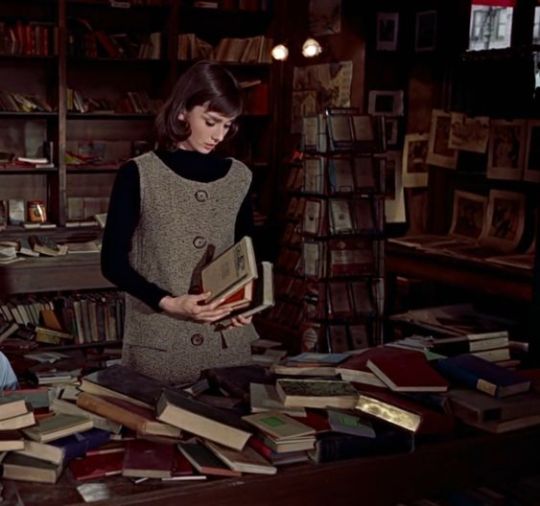
Therefore, I must say that it is worth choosing your inspirations carefully. Nothing helps you enjoy studying better than a clear head and lack of prejudices.
*This post was inspired by my own experience with studying. If anyone is interested, I think I can share my mistakes that did not help me in an academic adventure :)
#study aesthetic#healthy studying#study motivation#studyblr#dark academia#light academia#studyspo#study inspiration#study inspo#study blog#studying#productivitytips#studyblr community
191 notes
·
View notes
Text


It's Amy Winehouse, but with female rage. About Back to Black (dir. Sam Taylor-Johnson) 2024
Recently, a film telling the life story of the British singer Amy Winehouse was released. I came here to talk a little about the aesthetics of this film, which, by the way, cannot be accused of poor music (Marisa Abela sings Amy's songs in her own voice and she does it brilliantly!) or ugly shots.

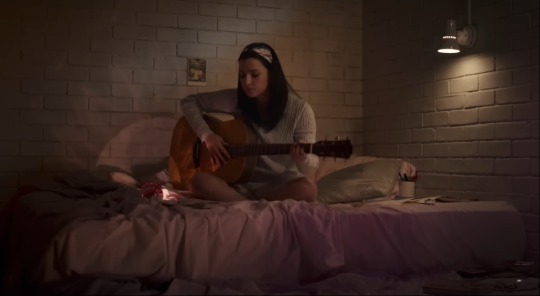
In the film we see the transformation from a rebellious teenager with a guitar into an emotionally and behaviorally unstable woman (without a guitar). Of course, this turn of events could have been reflected in Amy's real life, but one gets the impression that the film is set in a different time. It feels like the 2000s have been filtered, sugar-coated, and embedded somewhere in the 2024 aesthetic of angry girlbloggers on Tumblr.
Romanticizing drinking alcohol and mental instability
You probably know the tendencies related to #just girly things and the explanation of all depressive states and tantrums by just being a girl. It is a kind of expression of the life and consciousness of today's young girls living in the rather unoptimistic times of social media and consumerism. But is this aesthetic good for Amy's story? It seems to me that romanticizing alcohol, drugs and blind love leading to complete self-loss and ultimately death is a poor approach.
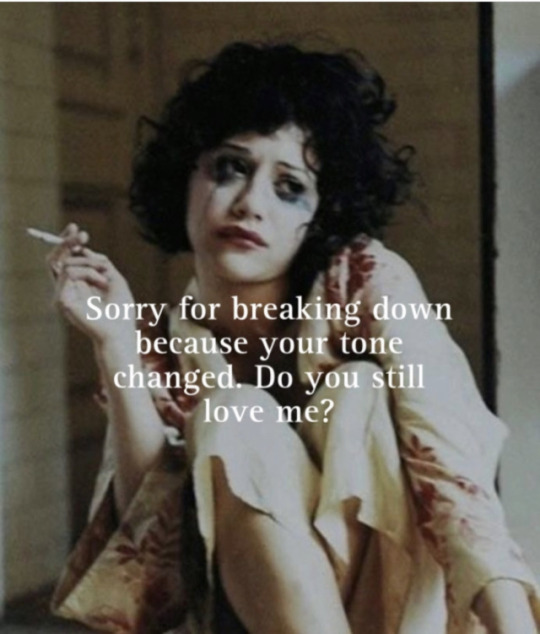


And while watching the film you definitely feel that something is wrong, but at the same time you fall into this beautified world. Amy's life was darker and more brutal, and her problems were not only limited to matters of the heart, glass and flashbulbs of cameras. Unfortunately, living with addictions is dirty and disgusting. And you can't put a bow on it. But it seems to be a sign of our times.
You Know I'm No Good (song)


Adding the ending to this song title: but I'm not going to rehab. And here we should ask the question about the level of public awareness in 2008 (the year when Amy received five Grammy Awards) and today. In 2024, acceptance and knowledge about all behavioral therapies, addiction treatment and toxic relationships is much greater. And Back to Black, under the guise of nice outfits, make-up and a few minor falls, gives the impression of being up-to-date.
Will someone watch this movie and say they want to live like Amy (just like it was with Coppola's Priscilla)? This is quite possible, because in the end we get the image of a slightly rebellious femme fatale and a slightly weak girl who is harmed by others. And many of us would fit this description.
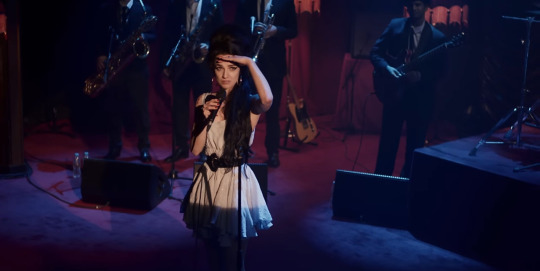

Live fast, die young, be wild and have fun (song)
Finally, I have to quote Lana del Rey, because today's girl blogging draws from her in handfuls. Is joining the 27 Club really that romantic? The departure of such young people from the world is primarily a tragedy, which later becomes a beautiful myth. That's why it's worth mentioning Lana's example here. She uses aesthetics very well and, above all, separates moving around motifs and drawing visual inspiration from them from real life.
To sum up, movie Back to Black is really worth seeing. However, it is also worth being aware that this is a colorful fiction for 2024 built around the true story of Amy Winehouse.
Edit 24/04/24: I have to mention the update here. I just came across an article from British Vogue that confirms my thesis about drawing inspiration from image of Amy (also Kate Moss, so heroin chic is back in fashion?) Quoting a fragment of the article:
The legacy of Winehouse also lives on in Back to Black, due for release on 12 April. (...) While we’re in no way condoning or glorifying the hobbies of Winehouse and her erstwhile friend Doherty, there was a scene during that time and a smudgy, smeary aesthetic that somehow worked.
#amy winehouse#back to black#back to black 2024#marisa abela#sam taylor johnson#back to black movie#female hysteria#girl interrupted#female rage#just girly things#club 27#girlblogging#girlblogger#coquette aesthetic#films#movies#lana del rey aesthetic#lizzy grant
33 notes
·
View notes
Text
Reading a book that matches your lip color? This is it 👑
...although the cover of the book usually matches the color of my tracksuit, ops.
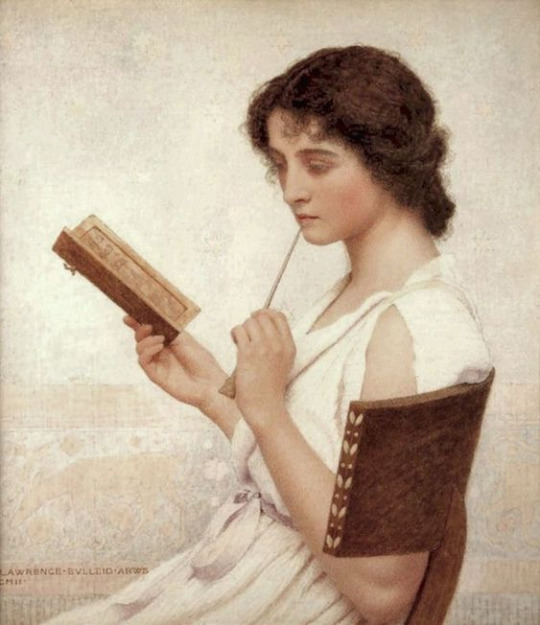

Book club paintings vol. 1 ♡ The Love Letter (1911) by George Lawrence Bulleid and Miss Auras, The Red Book (1907) by John Lavery
#bookblr#reading#bookish#learnelle book club paintings#light academia#art history#Books & libraries#booklover
2K notes
·
View notes
Text
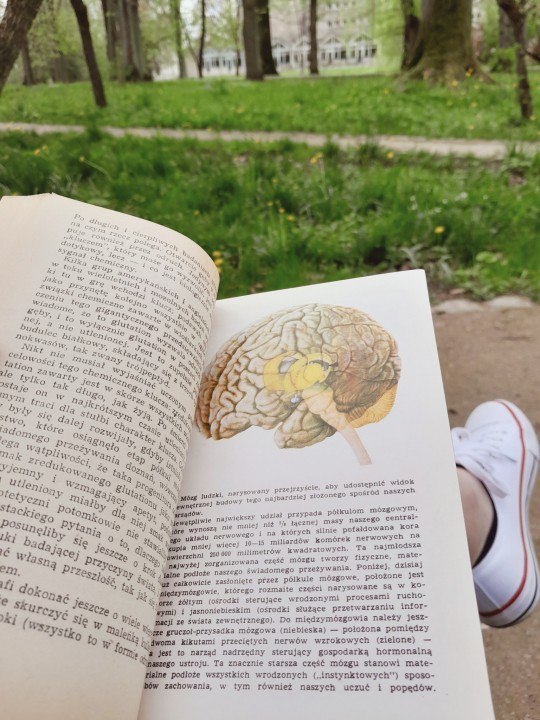
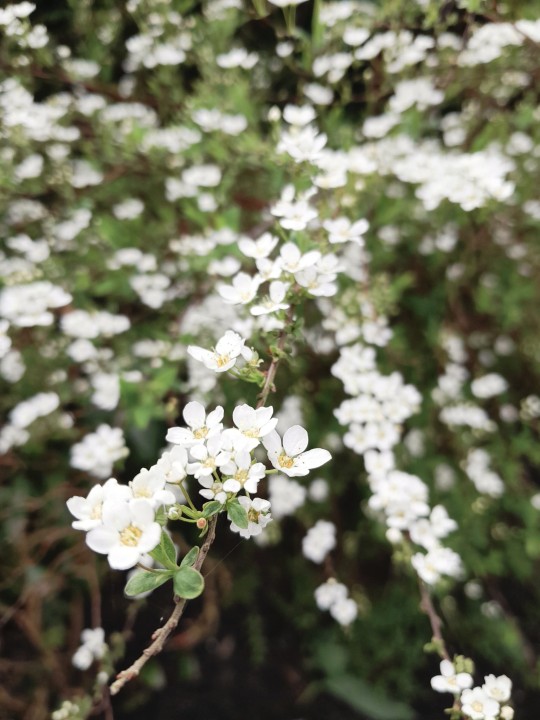


Summertime, and the livin' is easy...
Just kidding, it's not easy at all now. I am currently preparing to write about Konrad Lorenz and his baby schema (Kindchenschema). This is reflected in cute teddy bears, Mickey Mouse and the faces of… women. Keep fingers crossed!
#light academia#light acadamia aesthetic#studyblr#study motivation#soft academia#ethology#studyspo#study aesthetic#study blog#Spotify
22 notes
·
View notes
Text

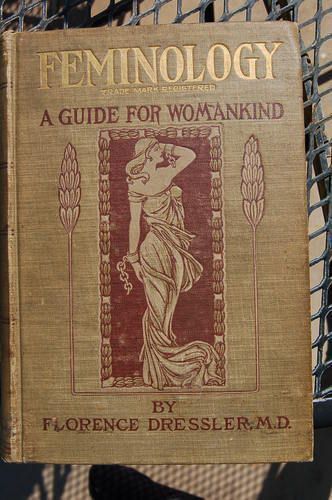
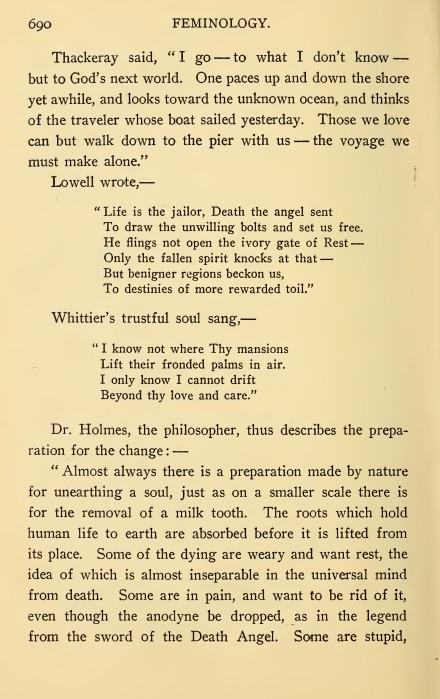
Book from 1902 about womenhood. Florence Dressler, Feminology: A Guide for Womankind, Giving in Detail Instructions as to Motherhood, Maidenhood, and the Nursery
An educator treating this subject speaks as follows: I would place myself on the side of those who, in science and art, would offer to woman all the opportunities that — until lately — were all but monopolized by man: for culture, by enriching the powers and expanding the views of womanas a human being, widens her scope, and increases her efficiency as a mother. I would rather place myself on the side of those who ask of young men and young women equal attention to social amenities, and who consider husbandry as important to the young man as housewifery to the young woman. [p. 398]
Full text can be read >here<.
#femininity#feminology#florence dressler#1900s#1902#vintage#quotes#feminism#vintage books#bookworm#booklr#books and reading#book quotes#old books#old library#dark academia#light academia
8 notes
·
View notes
Text


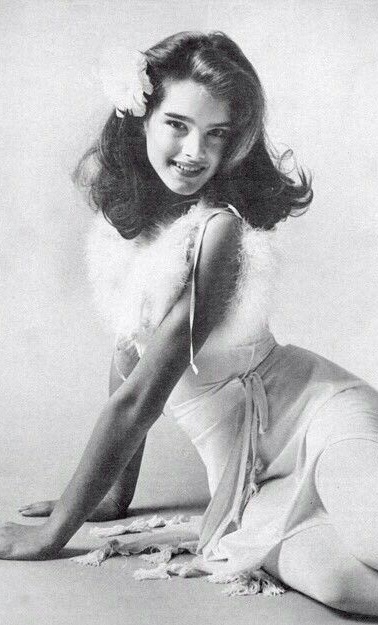
(...) embody a cultural fantasy of unaffected (free from artifice) and unchanging (forever young) beauty.
There is an excerpt from the book Beauty Secrets. Women and the Politics of Appearance by Wendy Chapkins from 1986.
According to the author, this cultural fantasy is to be embodied by Brooke Shields and Jane Fonda, one of the most famous women from the 1980s. Unfortunately, maintaining eternal youth without the use of artificial beauty products or medicine is impossible, so these two issues are mutually exclusive.
Chapkins also said: A girl at the edge of puberty has a naturally hairless body that demands no shaving, waxing or chemicals to feel smooth. She has the soft, wrinkle-free skin of childhood older women can only regain with surgery and careful application of creams and cosmetics. Skin her slightly older acne stricken sisters struggle to recapture with make-up and astringents. Her body is naturally small, supple and nothing if not youthful. [p. 8]
#brooke shields#1980s#1980#wendy chapkins#youth#feminism#femininity#stereotypes#little girl#image of woman
4 notes
·
View notes
Text


Bluestockings. The school girl phenomenon
Moi je m'appelle Lo-lita,
Collégienne aux bas,
Bleus de méthylène
This fragment of the lyrics comes from the song by Alizée Moi… Lolita released in 2000 and probably many people from Europe, where it topped the charts, hummed it in its glory days. Apart from the references to Nabokov's novel, the remaining two lines can be translated as Schoolgirl in stockings, Methylene blue. So what is the deal with these blue socks and what does it have to do with young seductresses?
Queen of the Blues
Contrary to appearances, the blue stockings do not concern only the students themselves, but also their guest. We need to go back to the 1750s when the Blue Stocking Society was founded. It was a loose organization of privileged women interested in education who gathered to discuss literature, inviting educated men to participate. European fashion of the mid-18th century, in which black stockings were worn with formal wear and blue stockings were worn during the day or more casually, emphasizing the informal nature of club meetings. The most common such reference is to a man, Benjamin Stillingfleet, who reportedly did not wear formal black stockings and yet belonged to the Blue Stockings Society [1].
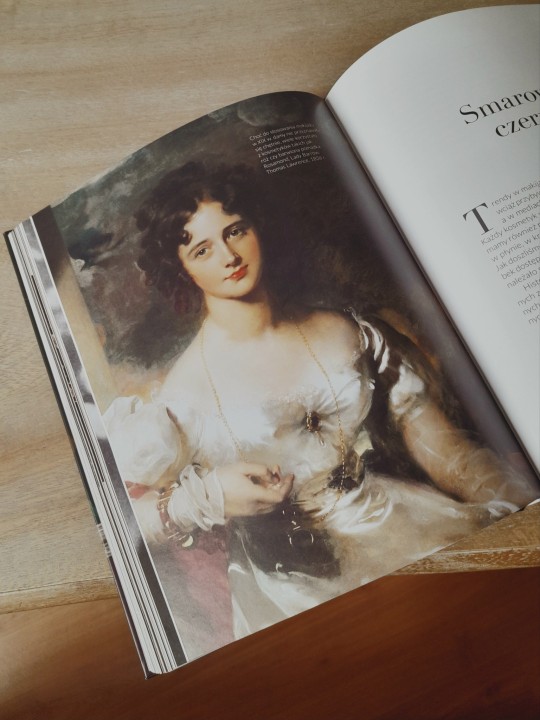

Thanks to the strong personality of another famous salon owner and writer, Elizabeth Montagu, the so-called Queen of the Blues, the term bluestocking soon came to refer to all literary women. Until the 20th century, there was much criticism of girls acquiring knowledge because, according to the prevailing stereotype, it eliminated them from being a good wife and mother. The opposite of bluestocking and other popular-culture image was the sweet girl graduate who used her education to find and impress her future husband [L. Peril, College Girls. Bluestockings, Sex Kittens, and Coeds, Then and Now, 2006 , pp. 28-31].
Collégienne look
Compared to the 18th century, today skirts have become much shorter, revealing the knees and with them the socks (but not particularly blue) . In the 20th century, along with clothing, the perception of female sexuality also changed. Back then, there was a double view of the image of a school girl: Bluestockings in class, and silk hose and silver slippers in the evening [E. Eldridge, Co-ediquette: Poise and Popularity for Every Girl, 1936, p. 136]. Although some believed that a student's appearance must correspond to her age: Moreover, the boy who invited Sally to the house party likes her as he remembered her at home and does not want a blase woman who looks thirty-five in her place [E. Post, Etiquette, 1942, p. 339].
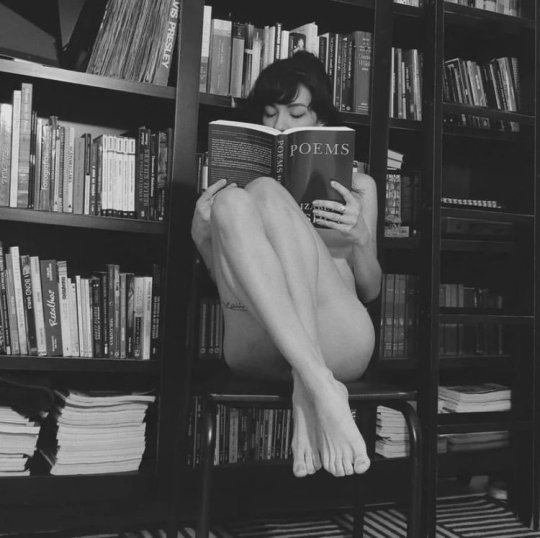
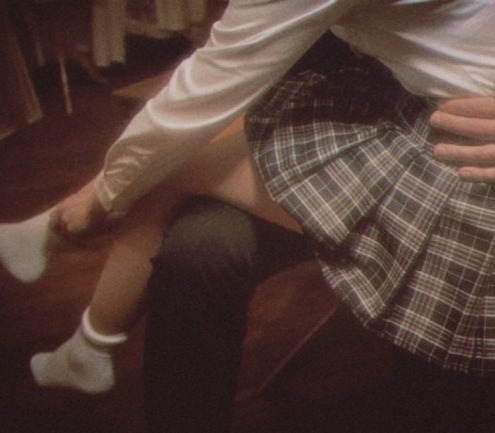
Long-lasting erotic symbol
Over time in the 1950s, men's magazines discovered the cute and innocent college girl. And they began to show her as first in a school uniform, and later as a half-naked object of gazes. It wasn't until the late 1960s that they featured full nudity or even frontal views, and scantily clad female students seemed to be one of the delights of school life.
However, the 1950s are not the starting point for combining eroticism with young, studying girls. Almost from the very beginning, the student was surrounded by a rapidly commercialized aura of eroticism: At the turn of the twentieth century, the college girl was as much an object of public interest as Civil War battlefields or the natural wonders of Yosemite [L. Peril, College Girls..., p. 311].

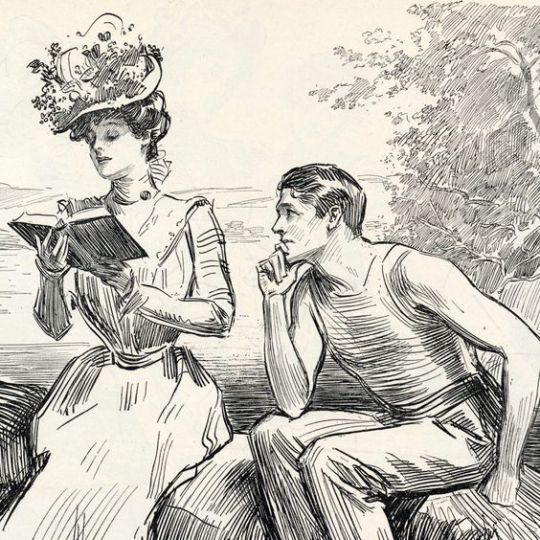
Now I'm left to ask my favorite question when analyzing any cultural phenomenon, why does it work?
The school uniform, with blue or white stockings, is both a fetish and a symbol of childhood. A female student or even a college girl exudes innocence, but also youth. And as we know, youth itself (even more so when wearing a short skirt) can be an erotic incentive. And maybe that is why the sympathy for such an image is related to the pursuit of maintaining eternal youth, which is the best seller in the consumer world?
#cultural phenomenon#cultural practices#school girl outfit#alizee#Alizée moi lolita#sex kitten#bluestockings#bluestocking#lynn peril#coquette dollete#dollete aesthetic#college girl
1 note
·
View note
Text
A well-proportioned female figure (from Good Health, April 1899)
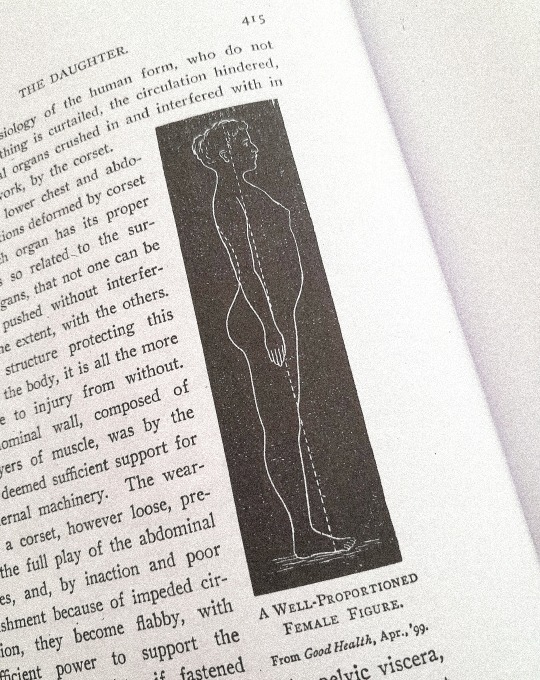
Referring to the "imperfections" or rather normality of the female body. I found this picture in an American book from 1902 (the original comes from a magazine from 1899) which shows a woman without a perfectly flat stomach and large breasts. As we can see, it is not the human figure that changes, but the standards and requirements of beauty since the above image is "well-proportioned".
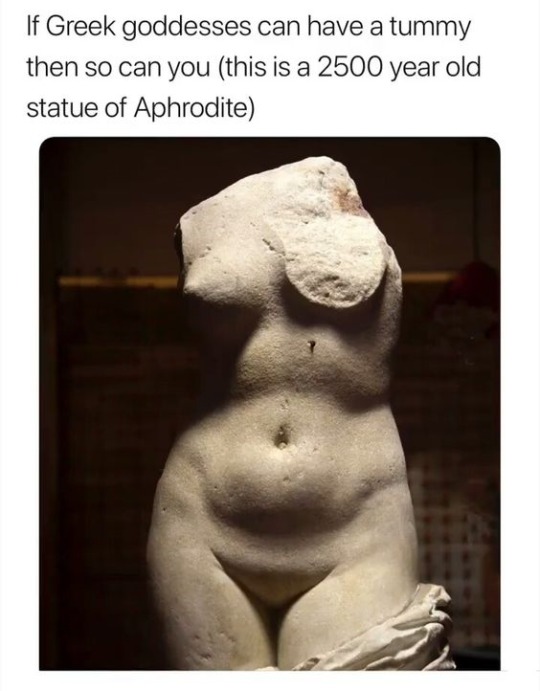
Lovely meme for attention
I'm currently working (writing, writing, writing…) and in the meantime, one important question came to my mind.
You can also write in the comments, thank you! (.❛ ᴗ ❛.)
#body types#body positive#women body#women beauty#vintage books#vintage photos#bookblr#1899#good health#history of fashion#historical
19 notes
·
View notes
Text

She was booping before it was trendy! 🐾
And now I am going back to reading and writing, because holidays are holidays, but the text won't write itself. Unfortunately...
#boop#boop o meter#white cat#mary with cat#vintage#studyspo#studyblr#catblr#books and reading#booklr#sociology
5 notes
·
View notes
Text
I guess studying harder may be Sociobiology in Polish 🐦⬛📖
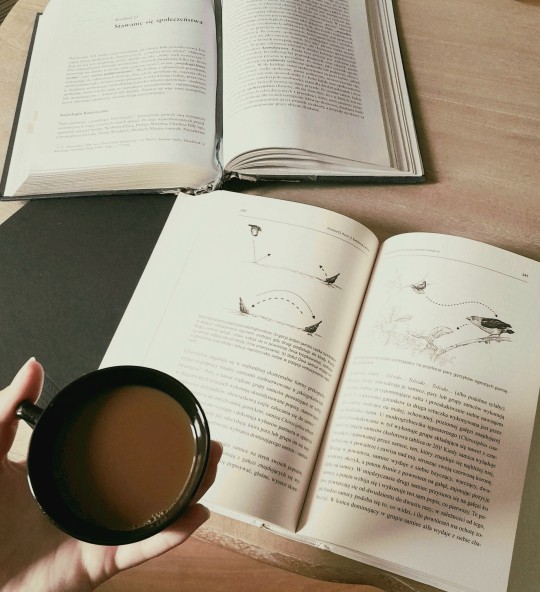

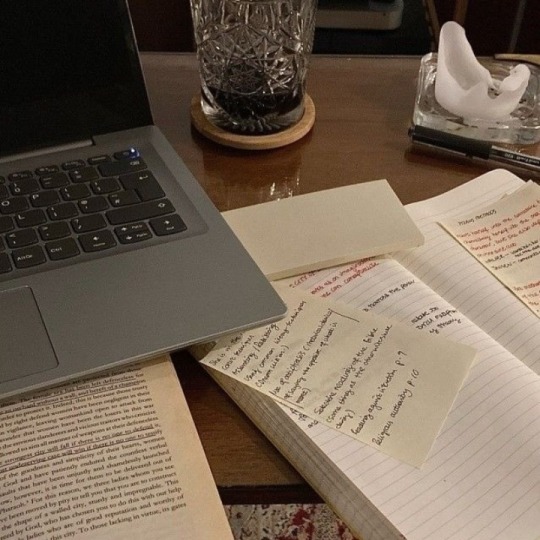



When the going gets tough… study, study harder📚✨.
3K notes
·
View notes
Text
Thought for today 📚




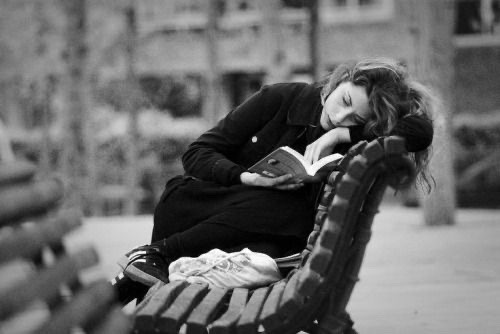

"You can never be overdressed or overeducated"
— Oscar Wilde
52 notes
·
View notes
Text

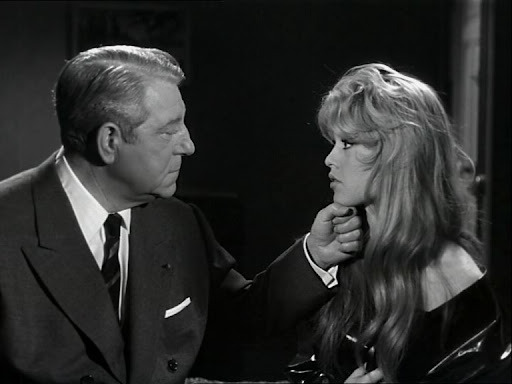
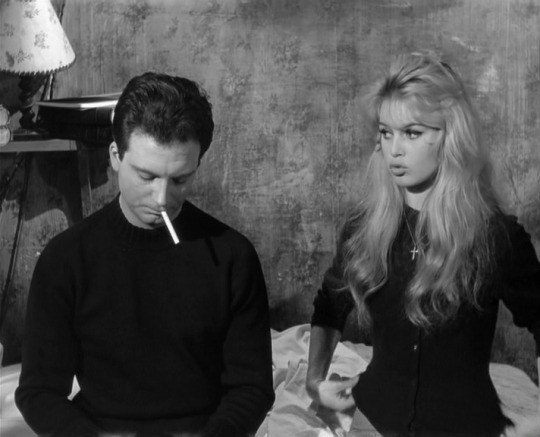

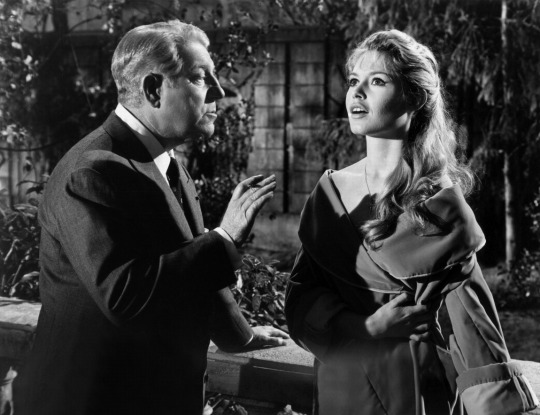

Love is my profession (En cas de malheur) dir. Claude Autant-Lara, 1958
A breakthrough film in Brigitte Bardot's career, because for the first time you can see the actress in it, and not just her own personality as it was in Vadim's And god created woman (1956).
There is nothing of the 'bad woman' about BB. Frankness and kindness can be read on her face. She is more like a Pekingese than a cat. She is neither depraved nor venal. In 'Love is my proffesion' she bunches up her skirt and crudely proposes a deal to Gabin. But there is a kind of disarming candour in her cynicism. She is blooming and healthy, quietly sensual. It is impossible to see in her the touch of Satan, and for that reason she seems all the more diabolical to women who feel humiliated and threatened by her beauty. [S. de Beauvoir, Brigitte Bardot and the Lolita syndrome, 1962 pp. 26,28]
#brigitte bardot#claude autant-lara#jean gabine#yvette maudet#love is my profession#love is my proffesion 1958#en cas de malheur#en cas de malheur 1958#movies#films#1950s#50s#black and white movies#and god created woman
8 notes
·
View notes
Text

Victorian woman meets Venus de Milo. Why can not body type be a trend?
I have already written about what exactly wearing a corset every day for many years does to your body >check Tight lacing<. As a quick reminder, corsets: make breathing difficult, leading to hypoxia, and push the organs out of their places, leading to many internal diseases.
Hygienist Hueppe says this about the corset: Especially today's corset is truly an aesthetic and hygienic monster. Just as the ancient Scythians and Patagonians disfigured their heads, as Chinese women ironed their legs, so the European woman came up with the idea of disfiguring her body with a corset by squeezing herself like a wasp. [The influence of corsets on women's posture, C. Barszczewski, 1901]
The fashion for crinolines and tightly laced corsets emphasized the image of women as a fragile and defenseless being, which gained importance in the Victorian era. A woman dressed in such an outfit served almost only a decorative role. Her movements were restricted by the thick materials and the corset itself was a death trap for its owners.
Corsetiere flattery. — It's just the size of Venus!
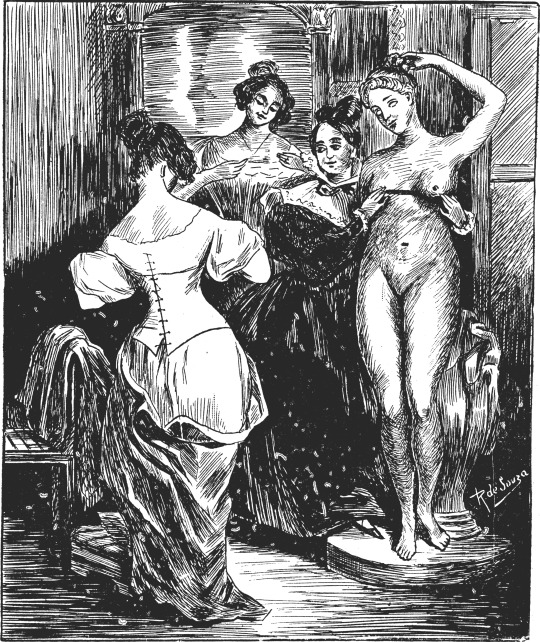
This lithography by Achille Devéria (1905) is titled Le Corset and it perfectly depicts acting against nature. Back then, women in corsets thought that the Venus de Milo was deformed and neglected. This approach to the ancient goddess of beauty with divine shapes is at least interesting.

I don't need to say that blindly following trends can be harmful to health. Almost the entire history of fashion has always shown this (for example, 19th century corsets or the 1990's skinny fashion). I asked you on Tumblr what you thought about it and the opinions were quite mixed.
Body type should not be a trend, it should just be an aesthetic choice
Georges Vigarello said about this picture:
Corset is a guarantor of "aesthetics", as shown by Devéria's engraving, where in an intimate atmosphere in front of a mirror, a woman compares the shapes of an ancient statue with her unlaced underwires. [A History of Beauty: The Body and the Art of Embellishment from the Renaissance to Nowadays, 2004]
From an evolutionary point of view, changing your body shape within a few hundred years is impossible. So what if the corset shape is just a thoughtless idea imposed by the prevailing standards of beauty, fashion and male power over women's image?
#19th century#corsets#history of fashion#victorian era#victorian#body types#gothique#goth aesthetic#vintage#corset#vintage aesthetic#nineteenth century#venus de milo#venus#achille deveria
1 note
·
View note